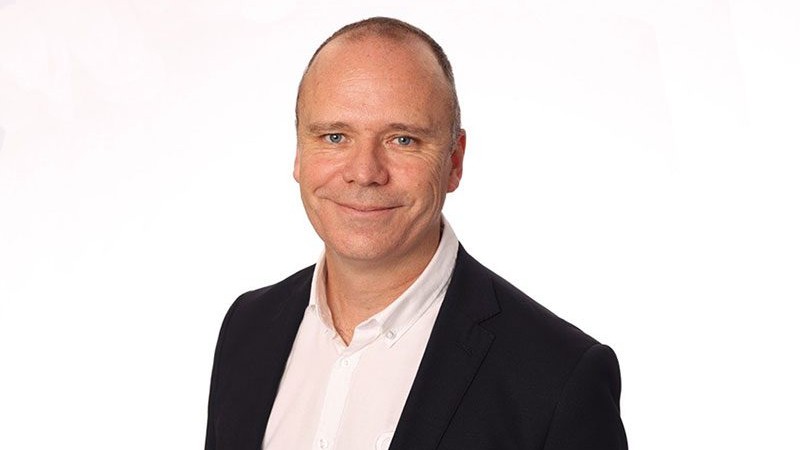Is the recent OCR cut a signal that change is on the way for our stressed economy?

The Reserve Bank’s August OCR rate cut, the first in more than four years, triggered the largest two-day surge in shares seen in two years, with the market bouncing back more than 10% from recent lows. But the announcement was not without controversy, with many economists and commentators questioning how the RBNZ could make such a U-turn on previous predictions that it would hike the rate, when cuts were not planned until August 2025.
I’m not an economist, so speculation over whether the RBNZ misread the sad state of the economy or was simply trying to talk down inflation isn’t really my wheelhouse. But what I can comment on is the universal sigh of relief as I watched the flow-on effects of the banks beginning to cut their interest rates. Mortgage holders and business owners alike have deferred spending and investment plans, with belts being tightened across the board.
Some economists have voiced concern that there is a risk of economic activity bouncing back more strongly than anticipated on the back of interest rate cuts. Most economists believe that with retail spending sliding for a second quarter, there is no question our economy has suffered a significant contraction, and we are potentially in for a ‘triple-dip’ recession.
The transport sector is generally accepted as a lead indicator for how the economy is tracking; when consumers stop buying, the flow of goods through the economy slows and truck journeys reduce. I have spoken to several well-established operators who made it through the GFC and now find themselves with trucks parked up. There is no question it is tough out there.
But light might just be showing at the end of the tunnel. Perhaps the unrecognised benefit of being the canary in the coal mine in terms of how the economy is tracking is that we should also have the advantage of being at the front of the line when things start to pick up. If the economists are correct, August’s OCR cut is the first of many – it is the green shoot we have been hanging out for.
NRC’s advice to operators is that now is the time to sow the seeds ahead of the economic pick-up. Make sure your house is in order; are you across your costs? Have you tapped into the NRC Cost Modelling Tool? Do you have the right people in place should you need to scale up quickly? Have you sought specialist financial advice to ensure you are getting the most out of your existing investments? And do you know who to turn to when the economic winds change?
If not, then reach out to the NRC team for a steer in the right direction.
Looking further afield and at aspects affecting the wider transport sector, there are signs of a few more green shoots. There has been recognition from the coalition government that freight and supply chain are key enablers of the economy. It has been coupled with a clear drive from policymakers to prioritise investment in roading infrastructure.
Recent comments from Transport and Energy Minister Simeon Brown regarding how the previous Labour government’s oil and gas exploration ban has raised New Zealand’s sovereign risk is a stark warning to other sectors.
Long-term planning and surety of investment is crucial if we are to attract the talent and investment required to deliver on a cohesive infrastructure plan that will see New Zealand flourish into the future. Roading companies need to believe that if they invest in the technology and expertise required to deliver these large-scale projects that the pipeline is stable, and their investment will not be wasted.
All business sectors, not just transport, are looking to the government for long-term commitments on infrastructure investment, the pipeline and future policy direction. Overseas investors understandably get nervous at the thought of a political flip- flop when there is a change of government. Dramatic policy shifts frighten investors, especially when the investment requires a 40-year payback time frame.
It is my view that the time has come – in fact many would say it’s long overdue – for there to be a policy framework created with cross-party support that protects the planning and delivery of New Zealand’s critical infrastructure. There are plenty of sectors that play a vital role in every New Zealander’s life that would benefit from this approach, but instead we are faced with rising energy costs, a crumbling healthcare system, bursting water pipes and more potholes than you can shake a stick at.
NRC has repeatedly called for a 50-year plan for roading infrastructure investment, one that is out of the hands of government and not exposed to the three-year election cycle. The establishment of the National Infrastructure Agency and a push forward on the roads of national and regional significance suggests the government is listening.
Like most Kiwis, I will be hoping for further rate cuts from the RBNZ come October, but in the short term, I hope we continue to see business and consumer confidence increase as the economy slowly starts to turn a corner. In the meantime, we are more focused than ever on advocating for the industry with policymakers. We are making it clear that any initiatives that increase costs, such as time-of-use charging, or future transport fuels, need to be carefully thought through to avoid unnecessary pressure on the industry and ultimately consumers. We are advocating hard for coherent freight and supply chain policies because we know how critical it is to deliver efficiencies that will improve productivity and grow economic success.



